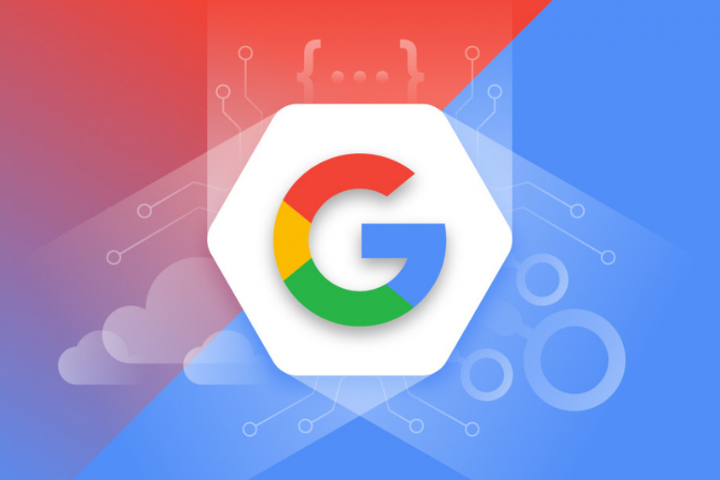In a significant move towards enhancing content authenticity, Google has announced that it will enable users to verify whether images and videos in search results have been created or altered using artificial intelligence (AI). This initiative aims to address the growing concerns surrounding misinformation and deepfakes, providing users with more context about the origins of the content they encounter online. The new feature will be rolled out as part of Google’s integration of Content Credentials, developed through the Coalition for Content Provenance and Authenticity (C2PA).
Understanding Content Credentials
Content Credentials is a technical standard designed to help users trace the origins of digital media. By embedding metadata within images and videos, this system provides critical information about how a piece of content was created or modified. Users will soon be able to click on an “About this image” option in Google Search to access details regarding whether an image was captured with a camera, edited by software, or generated by AI.
This transparency is essential for building trust in digital media, especially as AI technology continues to advance rapidly. The integration of Content Credentials into Google’s search engine will not only enhance user experience but also promote media literacy. As misinformation becomes increasingly prevalent, having access to reliable data about the authenticity of visual content is vital for informed decision-making.
Implications for Users and Content Creators
The implementation of AI verification tools carries significant implications for both users and content creators. For users, this feature offers a layer of protection against misleading or manipulated media. With the ability to verify content authenticity, individuals can engage with digital media more critically and responsibly.
For content creators, the responsibility to accurately label their work becomes even more crucial. As platforms like Google adopt these verification standards, creators must ensure that their images and videos are properly documented to maintain credibility. Failure to do so could lead to reputational damage or legal repercussions as audiences become more discerning about the content they consume.
As Google rolls out these features over the coming months, it represents a proactive step towards fostering a safer online environment where users can confidently navigate the complexities of digital media in an era increasingly influenced by AI technology.




GIPHY App Key not set. Please check settings